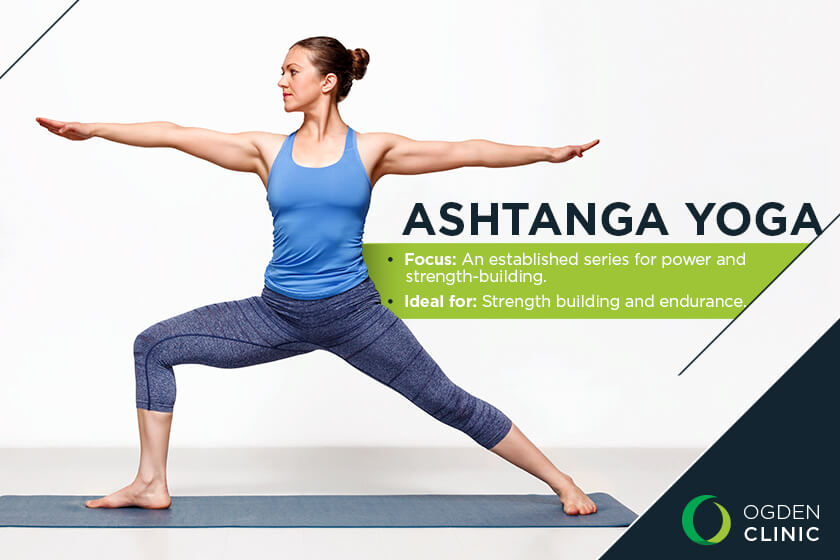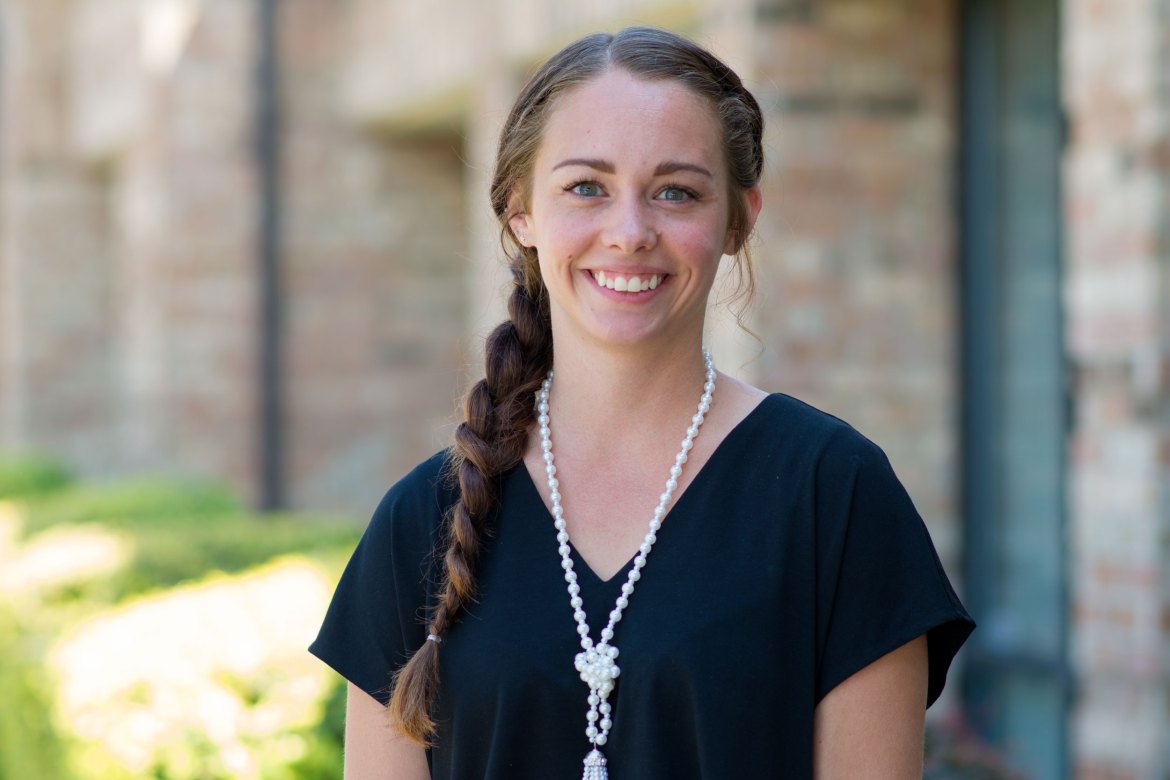Yoga for Beginners: 6 Styles to Try
- Category: Recipes & Wellness
- Posted On:

“Yoga” can be an intimidating word. Most of us think that we are unable to do yoga because we see these advanced practitioners doing things that our bodies cannot. The thing about yoga is that there are many different ways to practice. One thing I like to tell people who are starting out is that yoga is for every body. Just because you can’t touch your toes, does not mean you will not be able to do yoga. You don’t go to a yoga class when you are already flexible, you go to gain flexibility.
Yoga means “union” or “connection” in Sanskrit. The connection we focus on in yoga is the one between the body and the spirit; or if you’d prefer, the connection of your physical state with your mental state. You can practice yoga without going to a class, or without even moving through a complicated sequence.
One of the goals of yoga is to bring your awareness to the present. Our minds tend to be somewhere in the future (planning ahead) or in the past (reviewing experiences). Most yoga classes are a practice in bringing your mind into the present moment; in some instances like in a hot yoga class, the heat is forcing you to be present. Thinking things like “Gosh, it’s hot in here” or “I’m tired!” are good!
The 8 Limbs of Yoga
There are eight limbs of yoga, taught by Patanjali. These are guidance on the many different ways of how to practice yoga. I am only going to touch on the first few of these limbs, but there are many readings available online if you are interested in learning more.
The first limb is called Yama, simply put it’s the way you choose to behave and choose to interact with others. It teaches us to be more mindful of those around us.
The second limb is called Niyama, it is about self-discipline and spiritual observations; things like going to church every Sunday or going on a walk regularly or being mindful about your diet; can all be considered practicing yoga in this branch.
The movement part of yoga, the part we are most familiar with, is known as Hatha or Asana Yoga (the third limb). Hatha yoga can be broken down into multiple groupings or classes. It’s important to remember that each style of yoga is going to work differently for different bodies. I would encourage you to try out different kinds of classes to see which style works best for you.
If you’re curious about which type of yoga to try first or are interested in trying a new type, here are some examples of yoga classes and what they might entail.

Ashtanga Yoga
This kind of yoga class tends to move fairly quickly. Each breath (inhale and exhale) has a movement. There are six established series, meaning anytime you take one of these classes it will be the same wherever you take the class. Each series builds on the one before it; starting with primary series, secondary series, etc. Some people describe this type of class as power or strength building.
Bikram Yoga
This is another class that is an established series, it will be the same class anywhere you take it. Created by Bikram Choudhury, this is a series of two breathing exercises and 26 postures, each done twice. This type of yoga is also done in a hot room, set at 105 degrees with 40% humidity, to imitate the climates of India and Thailand.
The heat helps improve circulation and elasticity in lungs and muscles. However, the heat can sometimes fool us into thinking that our bodies are more flexible than they really are, so be sure to listen to your body and if something doesn’t feel right, back off a little.
Iyengar Yoga
The focus of these classes is on your alignment, rather than the depth of the yoga postures. These classes encourage the use of props (such as blocks, and straps) to help you find the proper alignment. The movement in these classes will vary.
Kundalini Yoga
This is another class that moves quickly, a movement for each breath. Kundalini yoga focuses on releasing your inner energy. Your energy is described as a sleeping snake at the base of your spine, and you are looking to awaken the snake and release the energy throughout your body. It’s rare that you will be still in this type of class.
Vinyasa Yoga
Vinyasa is adapted from the Ashtanga series. These are often referred to as flow classes. The movement can vary but similar to Ashtanga, there is a movement for every breath. This is one of the most familiar types of classes.
Yin/Restorative Yoga
This is the other type of class that most people are familiar with. In these types of classes, you hold postures for up to five minutes, allowing you to get into the deeper muscles and tissues.
Personally, these types of classes are harder for me to take. It can be very difficult to take the time to be still. Sometimes we have old emotions or memories stored in our muscle tissue, which get released in these types of classes. Letting go of these emotions is good for us, but can be difficult sometimes.
Yin and Restorative yoga classes are the opposite of more vigorous movement (or Yang) classes.
***
This post was written by Amelia Martinez, an employee at Ogden Clinic. Amelia has a degree in Dance Performance and Choreography and an additional Yoga Teacher Training certification. She teaches private yoga lessons in Ogden, Utah.
